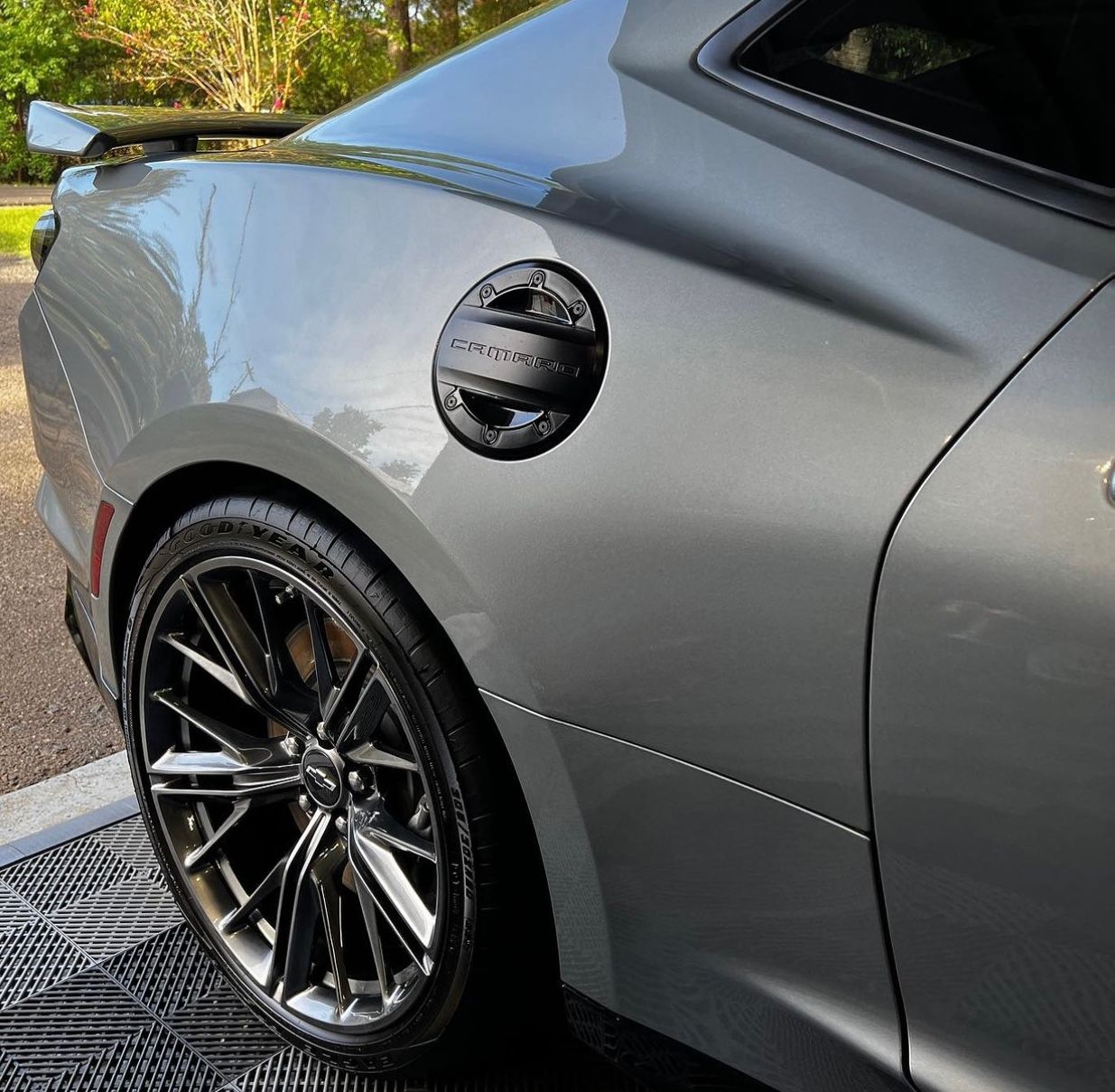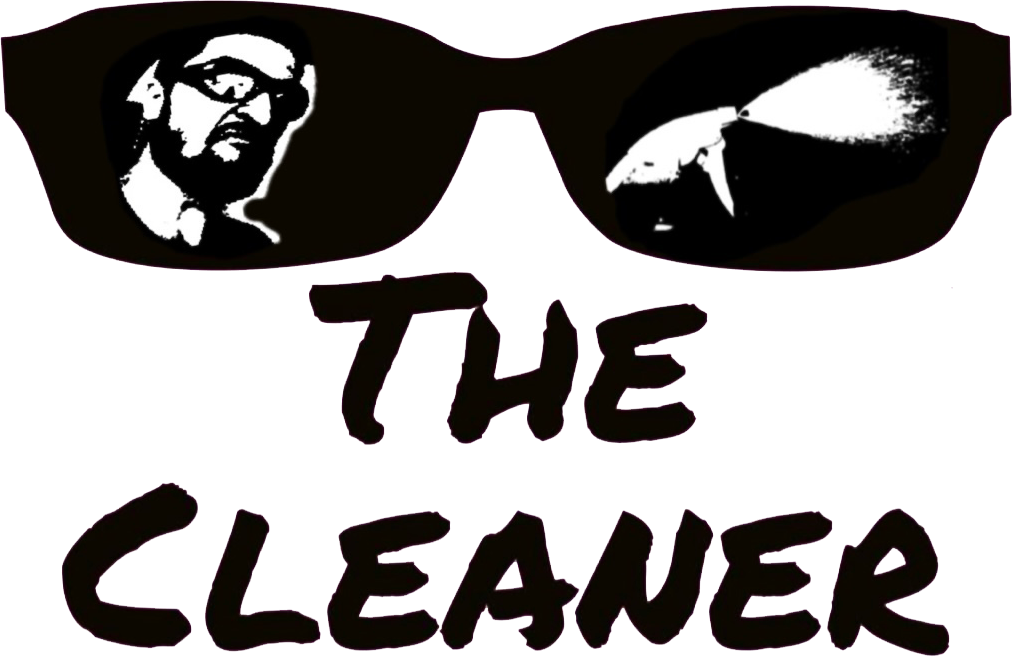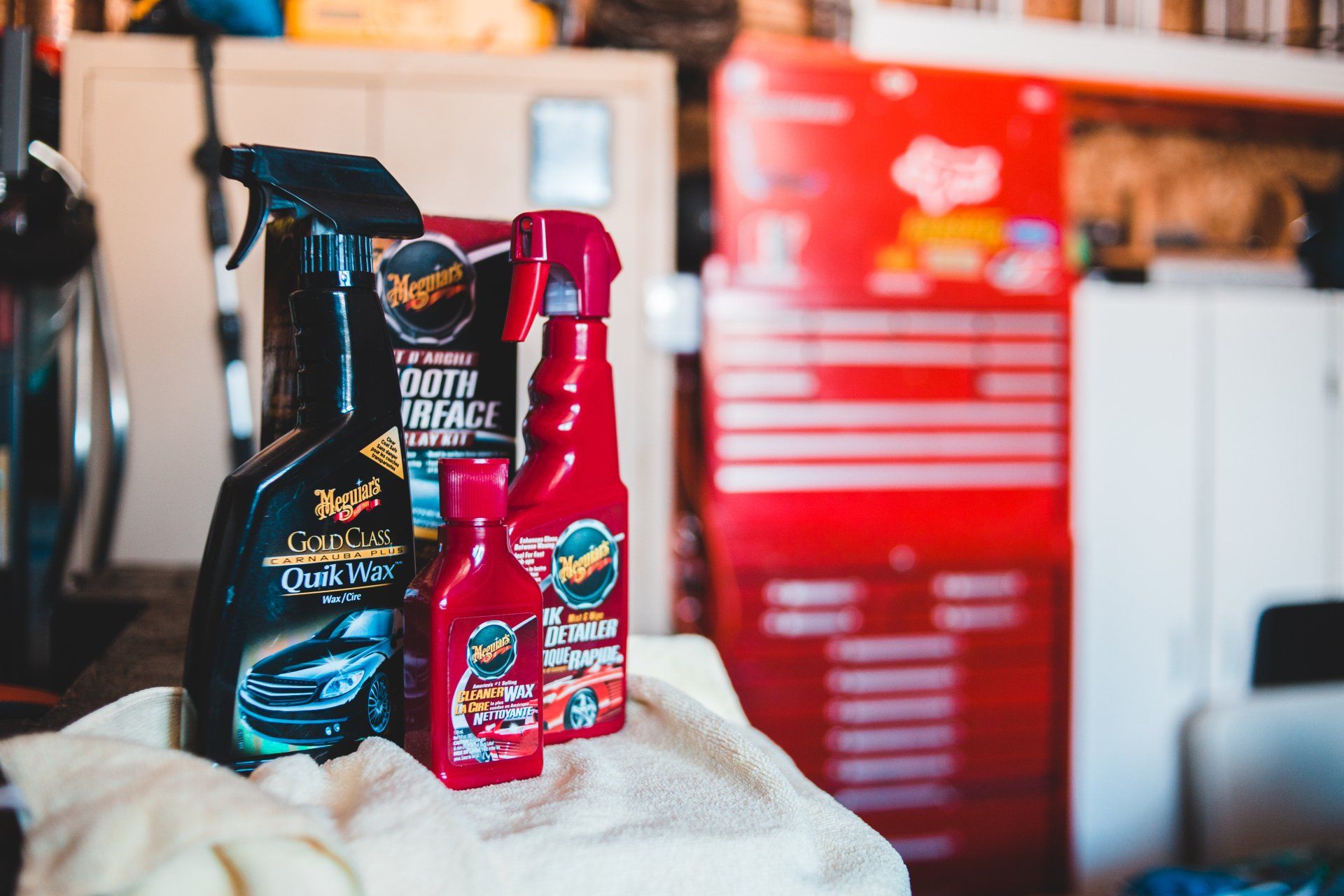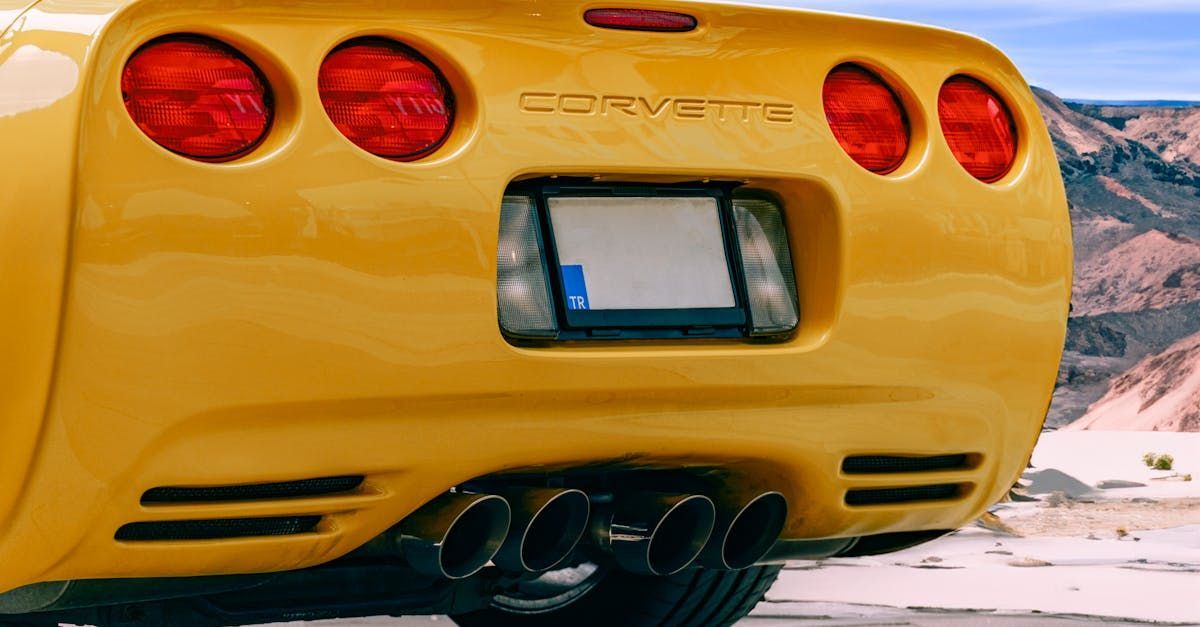Exploring Ceramic Coating vs. Wax for DIY Vehicle Owners
In the world of automotive care, the debate between ceramic coatings and traditional car waxing is akin to the battle of superheroes. Both have their loyal followings and specific superpowers when it comes to shielding vehicles against environmental threats and preserving that glossy finish. But for the DIY vehicle owner, which one should you choose? This comprehensive comparison is here to guide you through the nuances of ceramic coatings and car waxes, helping you make the informed decision that suits your car care ritual and budget.
Importance of Vehicle Protection
Before we venture into the specifics, it's crucial to understand why vehicle protection is non-negotiable. Your car's exterior is constantly exposed to a barrage of contaminants—UV rays, bird droppings, road salt, and more—that can lead to corrosion, oxidation, and a dull appearance. It's akin to your car's immune system; a robust protection system not only maintains its health but also enhances its aesthetic appeal, ensuring you make a statement on the road.
UNDERSTANDING WAX
Definition: Car wax is a hydrophobic barrier made from carnauba, beeswax, or synthetic polymers. It has been a staple in car care for decades due to its ability to provide a thin layer of protection with a stunning shine.
Traditional Benefits:
- Fills in minor scratches and swirl marks.
- Acts as a barrier against water spots, oxidation, and UV rays.
Application Process and Durability:
- Hand or machine application after washing and drying the vehicle.
- Lasts for several weeks, usually up to 2-3 months, depending on the environment and maintenance routine.
EXPLORING CERAMIC COATING
Definition: Ceramic coating, or nano-ceramic coating, is a liquid polymer that chemically bonds with the factory paint, forming a permanent or semi-permanent layer of protection.
Advanced Protection Features:
- Superior hardness for scratch and abrasion resistance.
- Enhanced chemical resistance to strong solvents and environmental contaminants.
Application Process and Longevity:
- A complex application involving several layers of coating, often best suited to professional application.
- Can last for years with proper maintenance, offering continuous protection and a high-gloss finish.
COMPARISON OF CERAMIC COATING AND WAX
Durability:
- Wax is the sprinter; it offers a quick gloss and solid protection, but it needs regular reapplication.
- Ceramic coating is the marathon runner; it takes time to apply but is designed for the long haul, withstanding months and even years without the need for replacement.
Protection Level:
- Ceramic coatings provide the highest level of protection against a wide range of threats, including UV rays, acid rain, and industrial fallout.
- Traditional waxes offer a more limited shield, effectively repelling water and some contaminants but not as strongly against harsh elements.
Maintenance Requirements:
- Ceramic coatings can make washing more straightforward as dirt and grime have difficulty bonding to the surface; less frequent and gentler hand washing is suitable.
- Waxed surfaces are easier to maintain than unprotected paint but require more attention, including regular waxing to retain the protection layer.
BENEFITS TO DIY VEHICLE OWNERS
Cost-Effectiveness:
- Wax is relatively inexpensive, with an assortment of options at various price points to suit different budgets.
- Ceramic coatings require a larger upfront cost, but the long-term benefits can outweigh the initial investment for many owners.
Time-Saving Benefits:
- Ceramic coatings save time in the long run; with fewer applications and easier maintenance, they fit well into busy schedules.
- Waxing is a quick process but more frequent, meaning a reapplication is needed every few months, which could be a more significant time investment over the year.
Long-Term Protection Advantages:
- For the vehicle owner looking for the utmost protection and longevity, ceramic coatings are the clear winner.
- Waxes are perfect for those looking for regular and quick touch-ups, maintaining a good level of protection on a more traditional timeline.
CONCLUSION
The choice between ceramic coatings and car waxes for DIY vehicle owners ultimately comes down to your priorities. If you're seeking the highest level of protection and are willing to invest more time for a relatively hassle-free upkeep, ceramic coatings may be your hero. However, if you're intent on keeping costs down and are content with a slightly more hands-on maintenance routine, waxing could be your vehicle's perfect shield.
Whichever you choose, remember that nothing beats regular care and attention to detail. Each application, whether wax or ceramic, is a step towards a well-protected and stunning car that you can be proud of.





